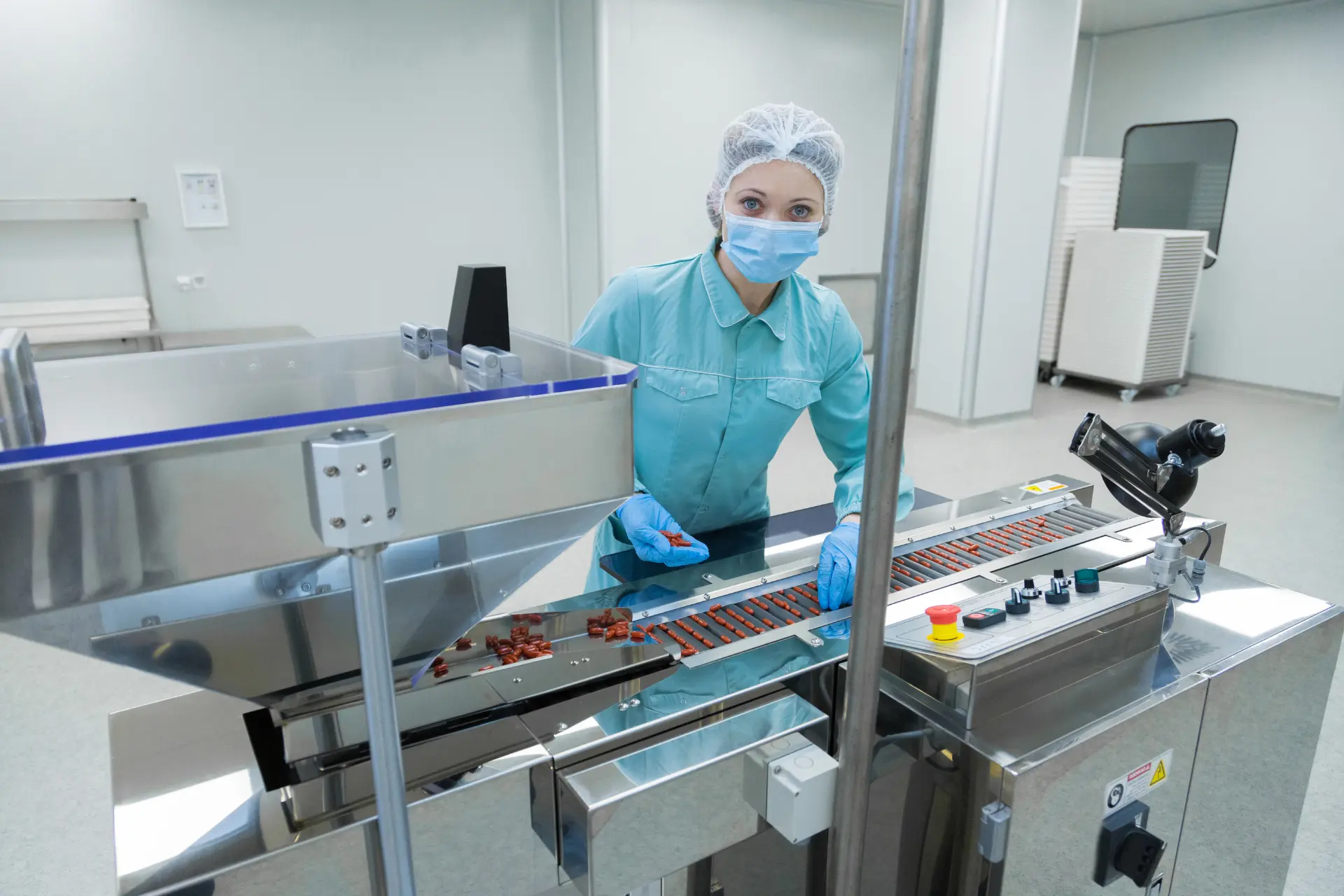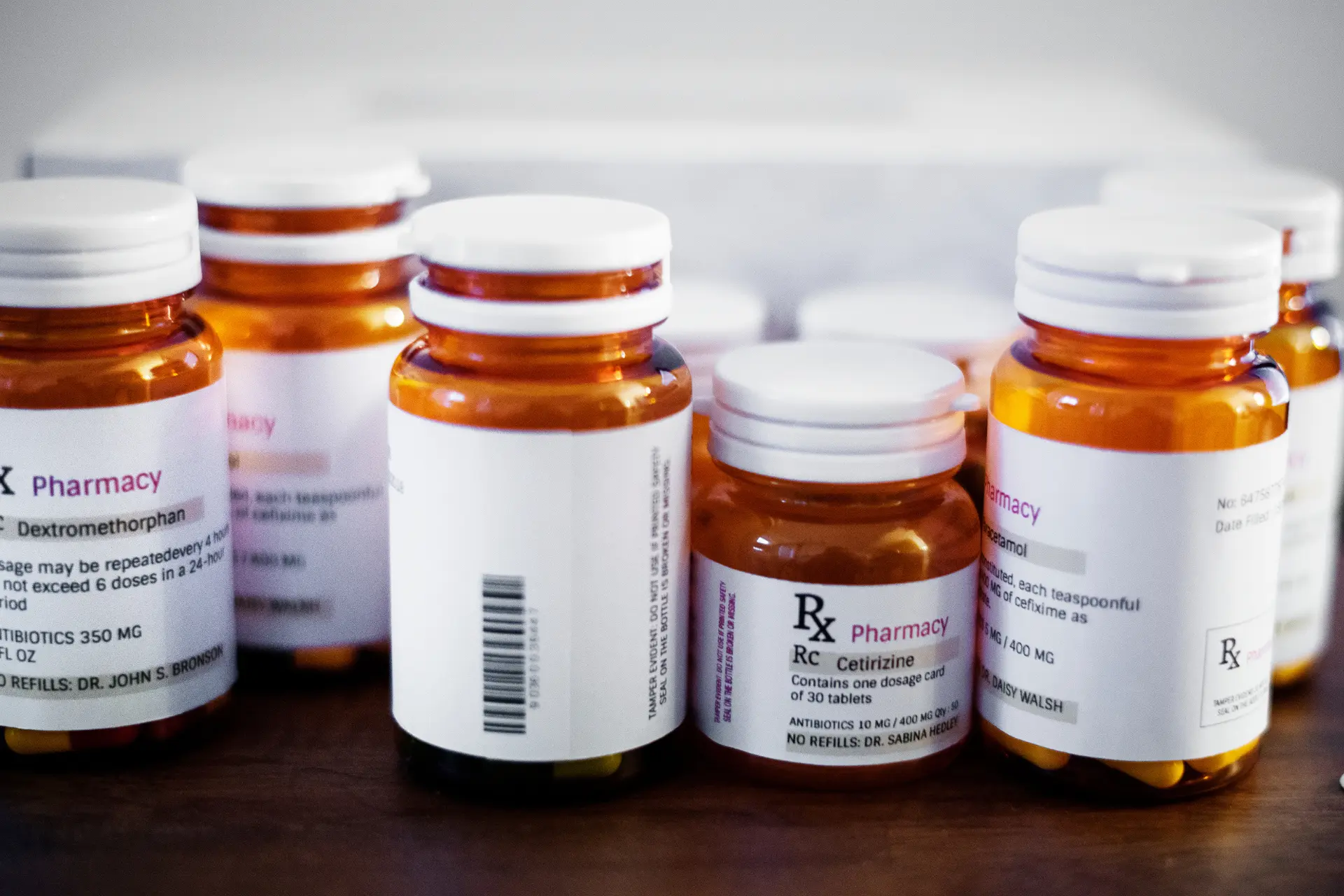Dynamic artwork provides the opportunity to work in an agile way with robust change control and validation.
In today’s fast-paced and ever-changing environment, accelerated by Brexit and the Covid-19 pandemic, the need for accurate food and beverage labelling has never been more paramount. With an estimated 2 million living with a food allergy in the UK, it is of upmost importance that on-pack data is accurate and complies with government regulations.
More recently, government initiatives and the rise of the “Covid-19 body” have driven food and beverage manufacturers and brands to adjust recipes, in an effort to improve diets. To add to this, ‘Generation Z’ consumers are increasingly seeking healthy buying options, whilst looking to businesses who are reactive to ecological and ethical issues, giving rise to the “conscious consumer”.
In the past year alone, veganism has risen by 40% (Oliver, 2021). This trend in ethically-minded consumption has led to consumers seeking more detailed packaging information, however this can come at a cost of being overly complex and confusing. This creates a dilemma for food and beverage brands and manufacturers, as increased demand for on-pack information leads to a competition of product information over artistic merit.
The Food Standard Agency found that 60% of food recalls are the result of mislabelling, and 4Pack estimate that 80% of artwork errors are due to content inaccuracies, highlighting the importance of artwork accuracy being critical to compliance and mitigation of risk.
Today, businesses are trying to simplify and focus core activities in order to maintain customer and market share. However, there are still a large number of organisations adopting manual processes, by managing these projects through email, spreadsheets and Teams. These disparate systems and ways of working create unnecessary challenges for artwork management, and increase the risk of miscommunication and human error which, in turn, often results in recalls.
Leveraging technology is now becoming increasingly important, however there is a danger that as technology grows, as does the number of “double-doing” project activities and duplication of shared information – increasing complexity and the risk of inaccuracies, inconsistencies and inefficiencies.
Businesses now have options available to them to reduce the risk of error by introducing technology that can manage the end-to-end process associated with product launch, or ensuring that existing technology is integrated to automate the push of validated product information, mitigating the risk of artwork content error. Connecting product information and artwork provides the opportunity to introduce dynamic artwork.
Dynamic or ‘Automated’ artwork is a method of producing packaging artwork using an dynamic artwork template and automatically flowing validated product pack-copy onto it. This can be done by a business user on their PC in minutes.
Dynamic artwork provides the opportunity to work in an agile way with robust change control and validation. It offers multiple benefits and opportunities for food and beverage manufacturers and brands, which include:
- Launching quicker whilst ensuring accuracy
- Reducing risk associated with human error
- Streamlining the artwork process – making it more robust and efficient
- Reducing costs by more than 50%
- Accelerating the artwork process by up to 90%
Furthermore:
- The use of templates creates consistency of artwork across all SKU’s, therefore building awareness, establishing trust and building brand reputation.
- Collaboration between artwork and tech teams supports the reduction in labelling errors.
- Keeping all assets together in one place allows the whole team to work with the same documents, mitigating the effects of lengthy and costly manual systems across multiple channels.
So, Why Change?
Challenges faced by the food and beverage industry, such as difficult trading conditions, cost cutting and increased risks, as well as the fluidity of supply chains post – Covid-19, require robust controls to be managed effectively. CPGs need to change their ways of working and should re-prioritise artwork management to be considered as a business-critical operation in the same way as the pharmaceutical sector does, who have been using dynamic artwork for many years. There is ever an increasing pressure on manufacturers and brands which justifies the reason for change:
- The focus on food labelling compliance has significantly intensified in recent years
- Frequent market regulation changes make managing change more challenging
- Product launch timelines are being squeezed
- Constant NPD & EPD (existing product development) drive continuous label changes
- Teams change frequently and subject matter expertise fluctuates
- Damage to the consumer and brand reputation due to inaccurate labelling is significant
In the past, dynamic artwork has been cost prohibitive and only afforded by sectors with very deep pockets but that is no longer the case.
Here at 4Pack, we make this technology accessible for all. Within 4Pack, both product content (specifications) and artwork can be managed, pulling together all the cross functional teams and information. 4Pack has embedded dynamic artwork capability that enables the validated content and artwork to blend, in order to instantly create a print-ready file for review.
Why 4 PACK?
- We bring together product content data and artwork to drive accuracy and compliance at pace
- We focus on providing expert services to Consumer Packaged Goods brands and retailers
- We are specialists in product and packaging solutions
- We blend together multiple digital technologies to offer a unique service to manage the end-to-end product launch process
To reduce the time taken on tasks, without compromising on quality, look no further than 4Pack to simplify and de-risk your labelling processes with dynamic artwork!



